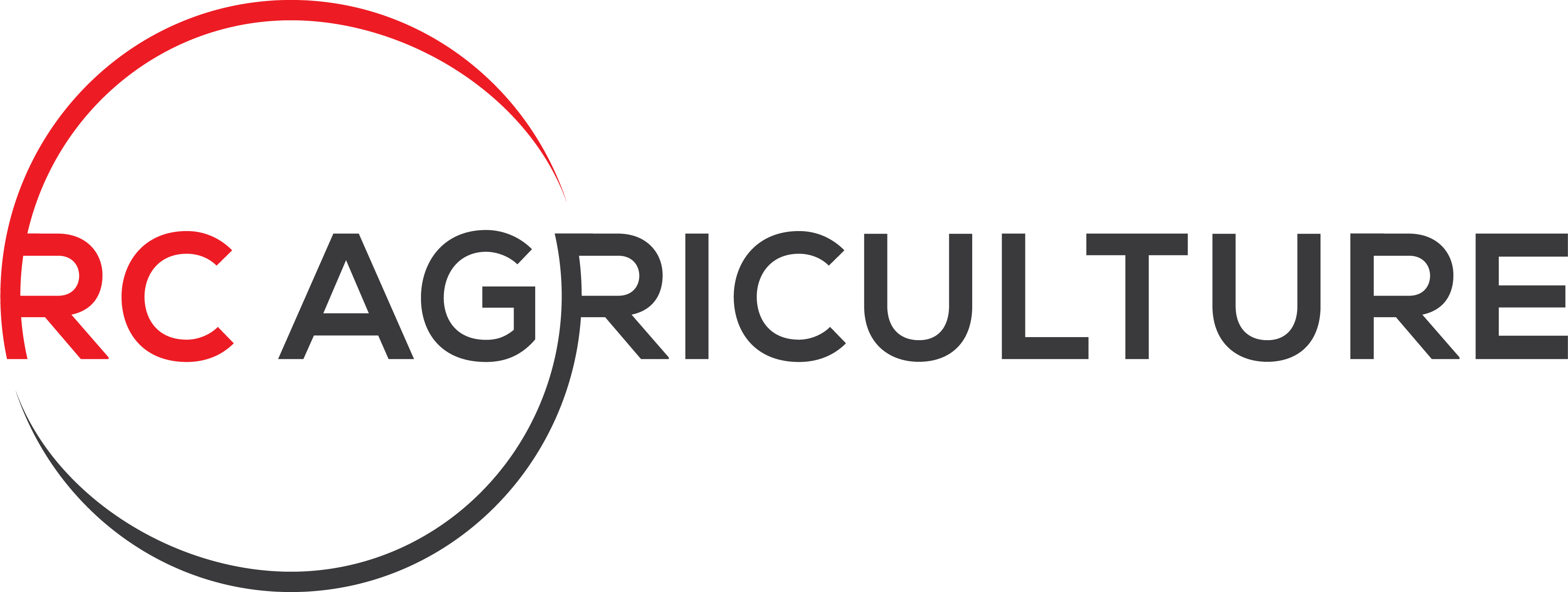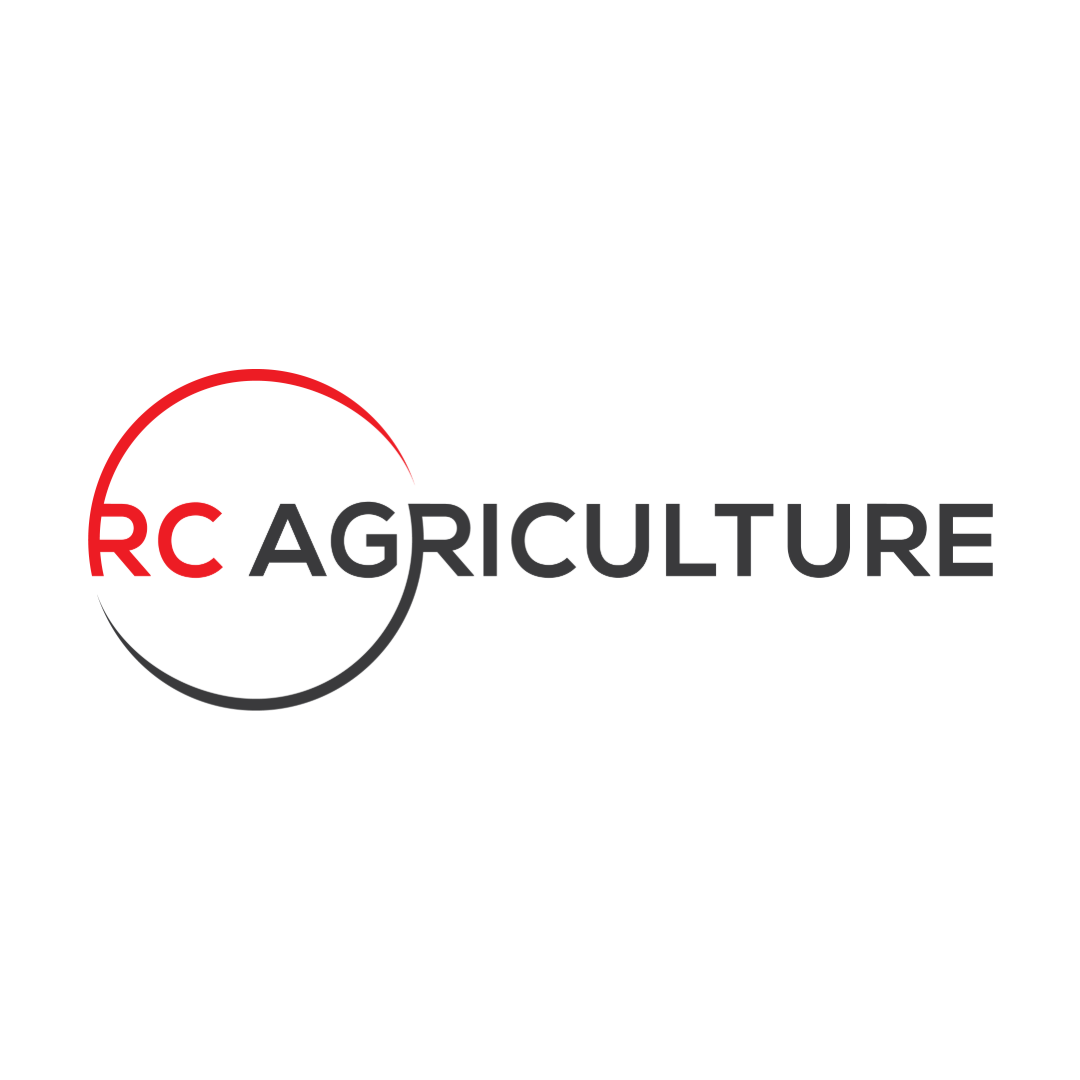Potato farming is a high-stakes game where precision, timing, and efficiency directly impact yield and profitability. As growers face increasing pressure to maximize production while minimizing costs, drone applications are emerging as a game-changing technology. From fungicide spraying to nutrient management, drones offer precision, efficiency, and a solid return on investment (ROI).
The Challenges of Potato Farming
Potatoes are vulnerable to disease, soil compaction, and nutrient variability, all of which can reduce yields if not properly managed.
How Drones Solve Key Issues in Potato Farming
1. Precision Fungicide & Pest Control Application
- The Challenge: Potatoes are susceptible to late blight, early blight, and powdery mildew, requiring timely and even fungicide applications.
- The Drone Advantage: The XAG P100 Pro delivers fine-tuned droplet control and optimal canopy penetration for even coverage.
- ROI Impact: Studies show that effective disease management can reduce crop loss by 10-20%, increasing marketable yields significantly.
2. Reduced Soil Compaction & Improved Root Health
- The Challenge: Traditional sprayers can compact the soil, reducing oxygen and water infiltration, ultimately harming root development.
- The Drone Advantage: Drones eliminate soil compaction altogether by applying treatments from above, leading to healthier plants.
- ROI Impact: Minimizing compaction can increase yields by 5-15% in affected areas.
3. Targeted Nutrient & Foliar Applications
- The Challenge: Uniform fertilizer applications can lead to overuse in some areas and deficiencies in others, reducing efficiency.
- The Drone Advantage: Using NDVI (Normalized Difference Vegetation Index) mapping, drones apply nutrients only where needed, reducing waste.
- ROI Impact: Precision nutrient management has been shown to boost yields by 7-12% while cutting fertilizer costs by up to 20%.
4. Timely Application in Wet or Inaccessible Fields
- The Challenge: Wet or hilly terrain can prevent ground rigs from making timely applications, increasing disease risk.
- The Drone Advantage: Drones fly in all terrain types and access areas traditional equipment cannot reach, ensuring timely treatments.
- ROI Impact: Preventing just one late blight outbreak through timely application can save thousands of dollars per field.
5. Labor & Chemical Cost Savings
- The Challenge: Rising fuel costs and labor shortages are making it harder for farmers to operate efficiently.
- The Drone Advantage: Fewer operators are needed, no fuel is consumed, and targeted spraying reduces chemical drift.
- ROI Impact: Some growers report up to 30% savings on chemical costs.
The ROI of Drone Applications in Potato Farming
While individual results vary, drone applications consistently provide a return of $2 to $5 for every $1 invested. The combination of reduced input waste, increased efficiency, healthier crops, and higher yields makes drones a powerful tool for modern potato growers.
Sources & Research
- American Journal of Potato Research – Studies on precision spraying and disease control in potatoes.
- University of Idaho Extension – Research on the effects of soil compaction on potato yields.
- PrecisionAg Journal – Data on drone efficiency and ROI in agriculture.
- Case studies from RC Agriculture growers, demonstrating real-world benefits.
Experience the Future of Potato Farming with RC Agriculture
At RC Agriculture, we bring cutting-edge drone technology and agricultural expertise to help potato growers achieve maximum efficiency and yield potential. If you’re ready to take your operation to the next level, contact us today to learn how drones can revolutionize your farm.


